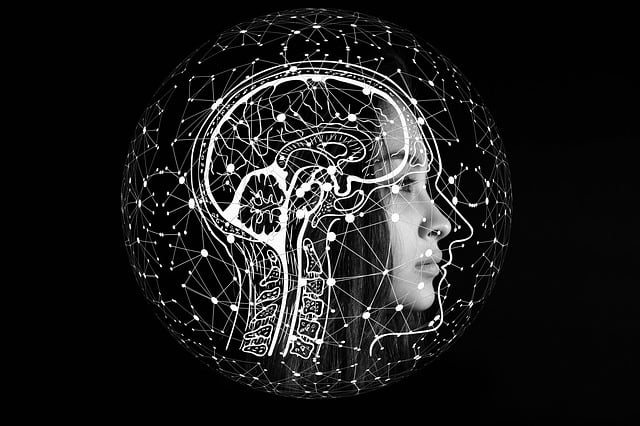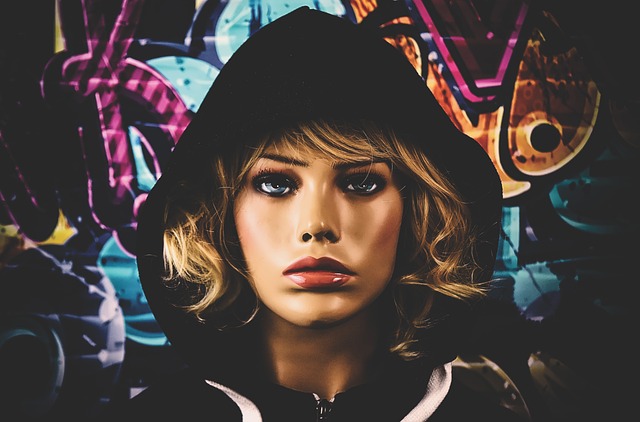-
Table of Contents
AI Selfies: A New Era of Digital Expression

Artificial intelligence selfies are revolutionizing the way we create and share images. These AI-generated portraits are not just a trend but a transformative tool for personal and professional use. Whether you’re a social media enthusiast, a content creator, or someone exploring digital art, AI selfies offer endless possibilities. This article dives deep into the world of AI-generated portraits, providing insights, tips, and practical advice to help you master this innovative technology.
Table of Contents
- What Are AI Selfies?
- How AI Selfies Work
- Benefits of AI Selfies
- Popular AI Selfie Tools
- Creative Applications of AI Selfies
- Ethical Considerations
- The Future of AI Selfies
- Tips for Getting Started
What Are AI Selfies?
Artificial intelligence selfies are digital portraits created using advanced AI algorithms. Unlike traditional selfies, which rely on a camera, these images are generated by analyzing and interpreting data. AI selfies can mimic artistic styles, enhance features, or even create entirely new personas. For instance, apps like Lensa and Remini use AI to transform ordinary photos into stunning works of art. This technology is not only accessible but also highly customizable, making it a favorite among users worldwide.
How AI Selfies Work
AI selfies rely on machine learning models trained on vast datasets of images. These models analyze facial features, lighting, and other elements to generate realistic or stylized portraits. Neural networks, such as Generative Adversarial Networks (GANs), play a crucial role in this process. For example, GANs consist of two networks—a generator and a discriminator—that work together to produce high-quality images. Additionally, AI tools often allow users to adjust parameters like style, color, and composition, giving them full control over the final output.
Key Technologies Behind AI Selfies
- Generative Adversarial Networks (GANs)
- Convolutional Neural Networks (CNNs)
- Style Transfer Algorithms
Benefits of AI Selfies
Artificial intelligence selfies offer numerous advantages, from enhancing creativity to saving time. First, they allow users to experiment with different styles without needing professional skills. Second, AI tools can improve image quality by correcting imperfections or adding artistic effects. Third, they provide a fun and engaging way to express oneself online. For example, many influencers use AI selfies to create unique content that stands out on platforms like Instagram and TikTok. Moreover, these tools are often affordable and easy to use, making them accessible to a wide audience.
Why AI Selfies Are Gaining Popularity
- Accessibility for non-professionals
- Ability to create unique and personalized content
- Time-saving compared to manual editing
Popular AI Selfie Tools
Several tools have emerged as leaders in the AI selfie space. Lensa, for instance, is known for its ability to transform photos into artistic masterpieces. Remini focuses on enhancing image quality, making it ideal for restoring old or blurry pictures. Another popular option is FaceApp, which offers features like age transformation and gender swapping. These tools are available as mobile apps or web-based platforms, catering to different user preferences. When choosing a tool, consider factors like ease of use, features, and pricing to find the best fit for your needs.
Top AI Selfie Apps to Try
Creative Applications of AI Selfies
Artificial intelligence selfies are not limited to personal use; they have numerous creative applications. For example, digital artists can use AI tools to generate concept art or explore new styles. Marketers can create eye-catching visuals for campaigns, while educators can use AI selfies to make learning materials more engaging. Additionally, these tools are increasingly being used in the entertainment industry to create realistic characters or enhance visual effects. The possibilities are endless, limited only by your imagination.
Examples of Creative Uses
- Digital art and concept design
- Marketing and advertising campaigns
- Educational and training materials
Ethical Considerations
While AI selfies offer many benefits, they also raise important ethical questions. For instance, the use of AI-generated images can blur the line between reality and fiction, leading to potential misuse. Privacy concerns also arise, as these tools often require access to personal photos. Additionally, there is the risk of perpetuating biases present in the training data. To address these issues, it is essential to use AI selfies responsibly and advocate for transparent and ethical practices in the industry.
Key Ethical Challenges
- Misrepresentation and authenticity
- Privacy and data security
- Bias in AI algorithms
The Future of AI Selfies
The future of artificial intelligence selfies looks promising, with advancements in technology driving innovation. As AI models become more sophisticated, we can expect even more realistic and diverse outputs. Integration with augmented reality (AR) and virtual reality (VR) could further enhance the user experience. Moreover, the growing demand for personalized content is likely to fuel the development of new tools and features. By staying informed and adaptable, you can make the most of these exciting developments.
Emerging Trends in AI Selfies
-
<



Leave a Reply